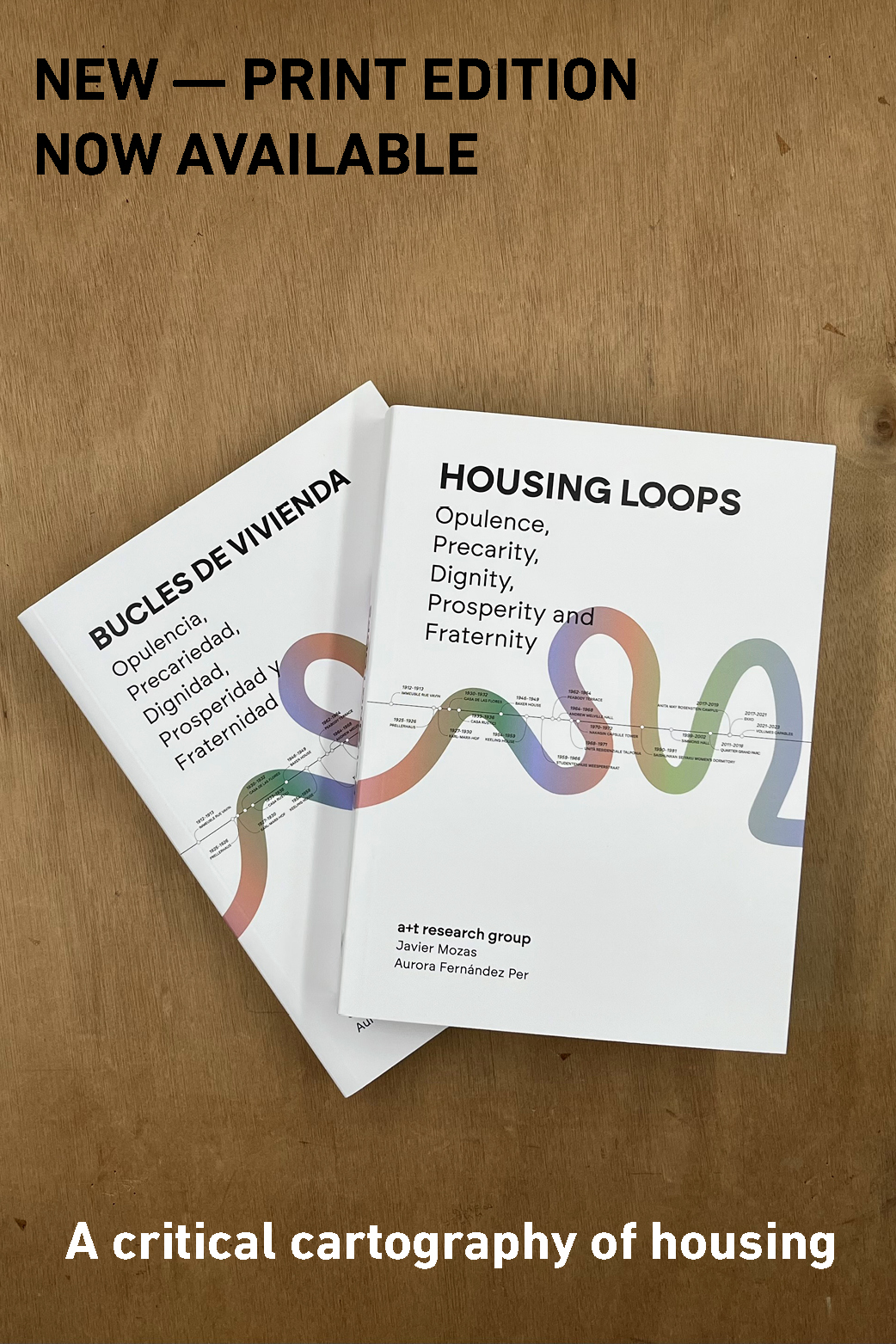Frank Lloyd Wright.Taliesin West. Scottsdale. Arizona
January 21, 2010
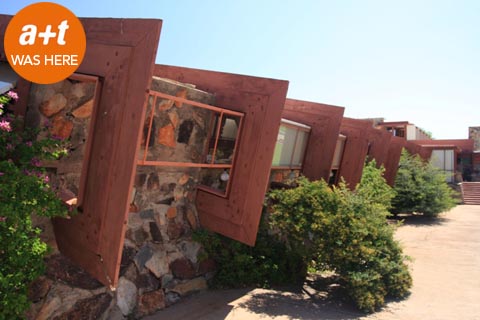
Frank Lloyd Wright started building Taliesin West in 1937, at the age of 70, as winter residence for himself and his third wife. Olga Ivanovna.
The property occupies some 240 hectares of the Sonora desert and at the time of purchase it was one hour away from Phoenix, the nearest town. Frank Lloyd Wright was looking for a completely isolated place, and in the first few years here there was not even electricity.
The School of Architecture's winter residence was built with the encouragement of Olga Ivanovna and the work of the students. Wright designed all the buildings, the decoration and the furnishings. The walls were hand-built using rocks from the desert embedded in cement and the spaces were covered with transparent canvasses fixed to the coloured wooden beams. Initially, Wright refused to close off the roofs and the spaces, until the desert winter and pressure from his wife made him change his mind.
The architect's office, his living space, the meeting room, the concert hall and the theatre are separated by stairs, terraces and ponds, bringing about a harmonious complex of brutal beauty.
Photos taken by Javier Arpa.
Frank Lloyd Wright
Taliesin West
12621 North Frank Lloyd Wright Blvd
Scottsdale, Arizona 1937
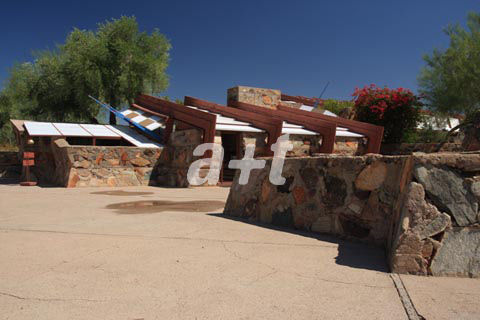
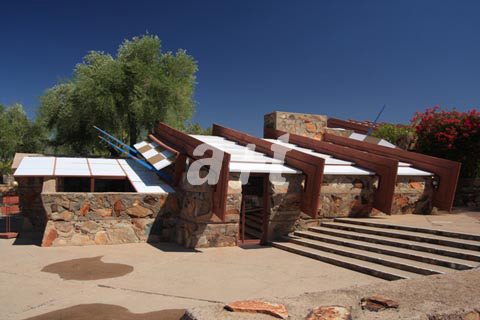


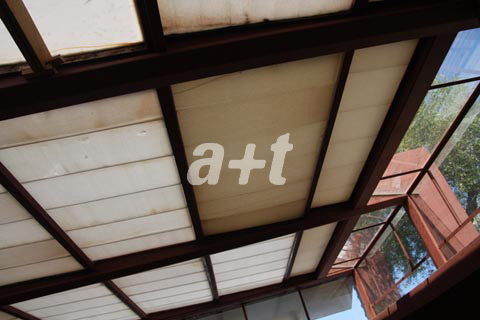
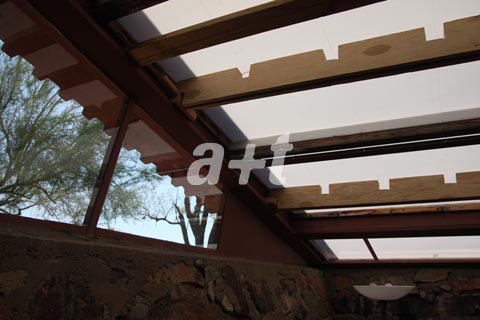

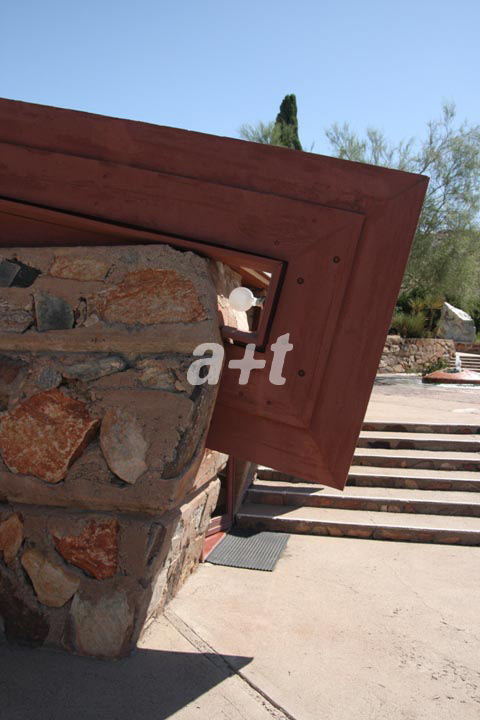

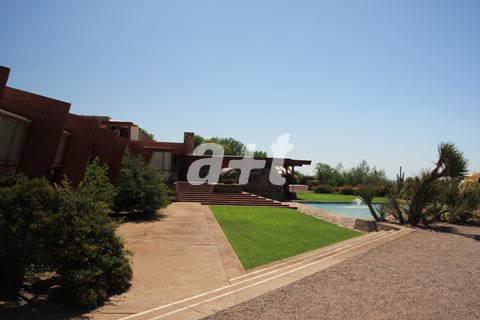




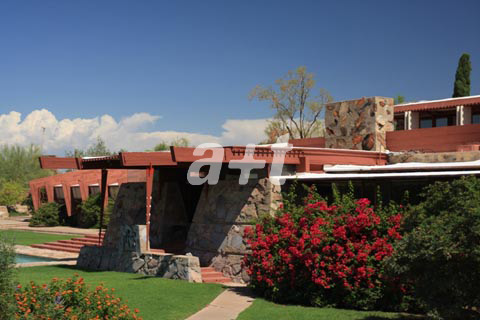

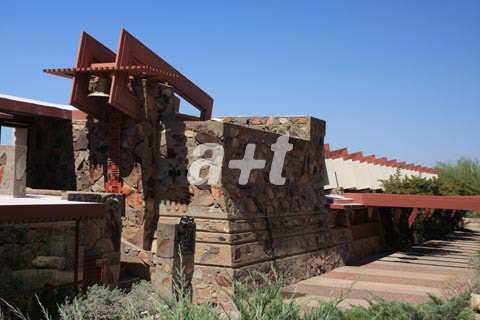
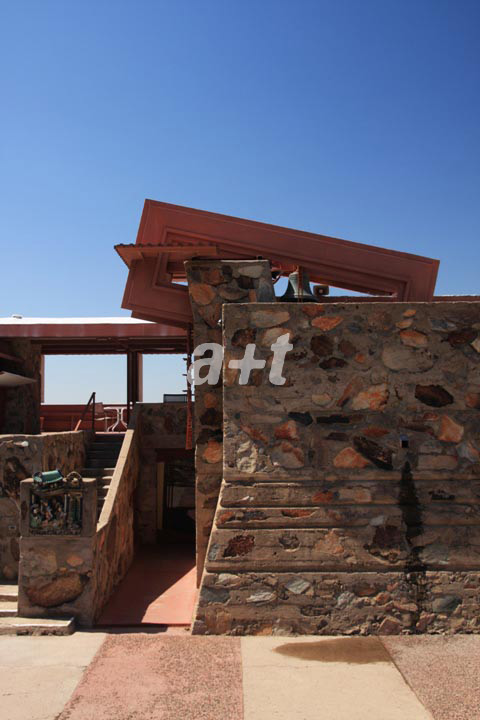


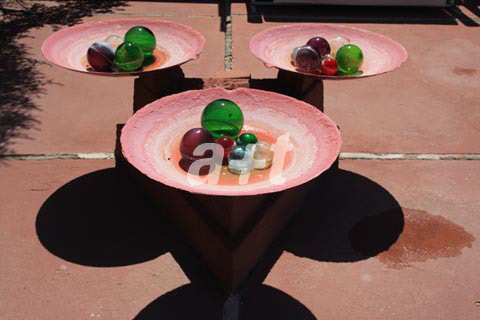
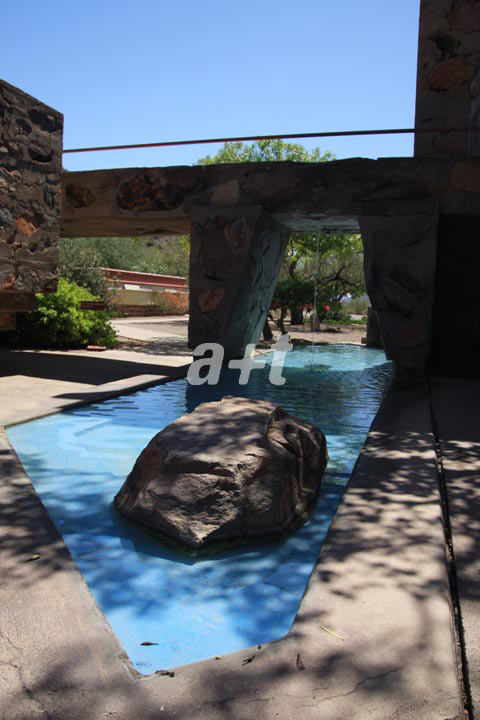


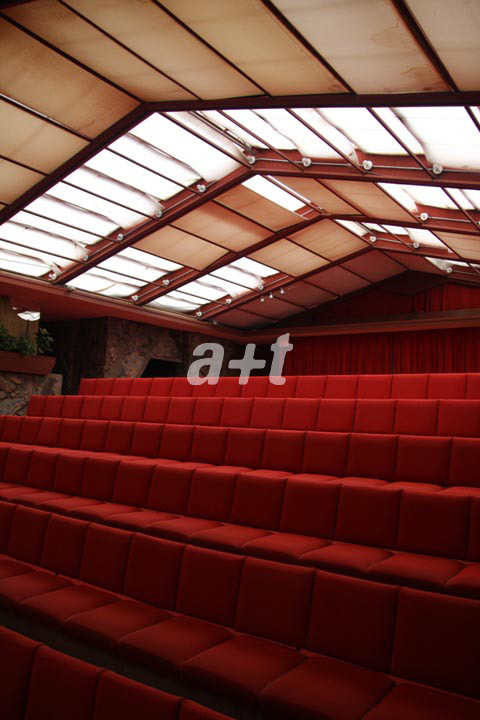
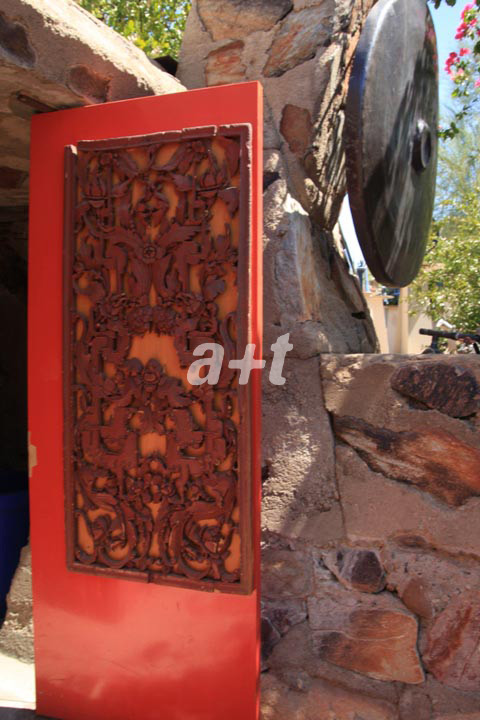
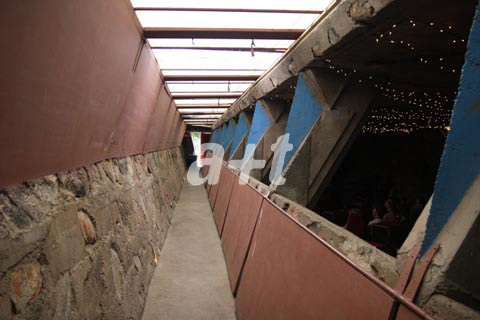
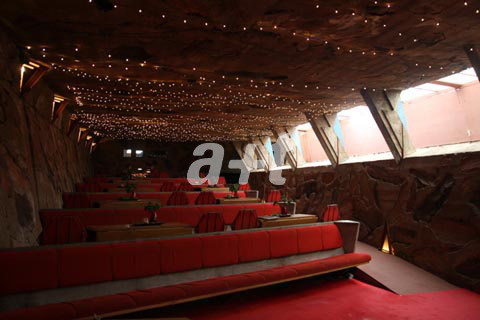
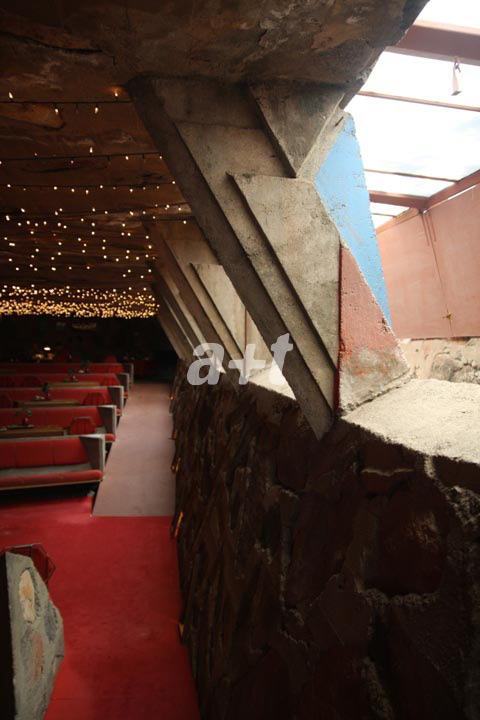
RELATED POSTS
|
|
|

























 I've read and agree to
I've read and agree to 


